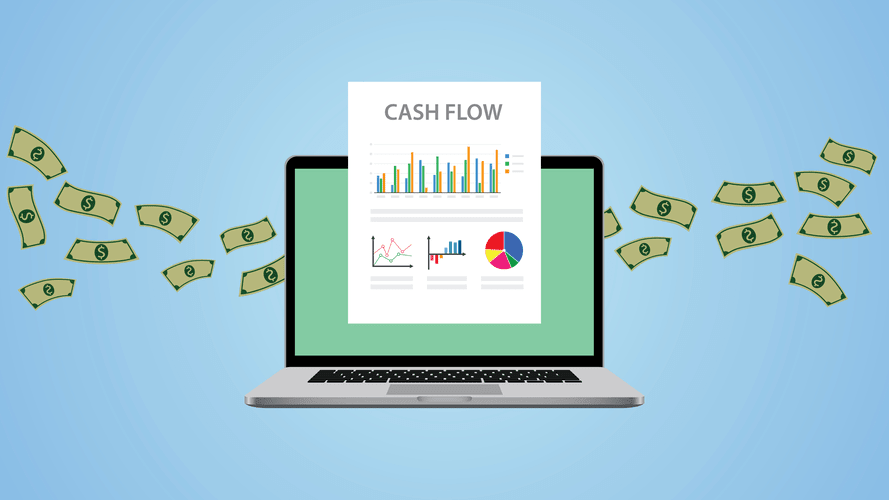
Interestingly, three of the states represented on the top 10 list—Arizona, California, and Illinois—provide employer withholding relief even though they lack a filing safe harbor. Furthermore, of the top 10 cities, only one—Denver, Colorado—levies any sort of city or county income tax on nonresidents. In a post-pandemic economy, where remote and hybrid workplace flexibility remains common, reciprocity agreements are especially valuable in scenarios in which an individual lives in one state and occasionally works from home in that state but sometimes commutes to a workplace in another state. For example, because Iowa and Nebraska lack a reciprocity agreement, an Iowa resident who occasionally commutes to an office in Omaha is currently required to file a nonresident return in Nebraska and a resident return in Iowa, on which the taxpayer claims Iowa’s credit for taxes paid to Nebraska.
More Products from Intuit

But there’s no escaping federal tax withholding, as that includes both FICA and federal income taxes. The FICA tax withholding from each of your paychecks is your way of paying into the Social Security and Medicare systems that you’ll benefit from in your retirement years. 16 Nonresidents with income from Colorado sources must file if they are required to file a federal return or incur any Colorado individual income https://www.bookstime.com/articles/purchases-journal tax liability. When taxpayers are left without guidance, in all but rare instances, they will take the path of least resistance and will not go out of their way to try to comply with unclear policies. For example, residents of states with low dollar thresholds—or with a filing or withholding threshold but not both—might choose to assume they qualify for filing and withholding relief in mutuality requirement states even without clear guidance from those states.
Other things to know about Florida state taxes

She will still pay $3,600 total—the same total liability as if she were taxed exclusively by the higher-tax normal balance state—but $2,400 would be sent to her workplace state and $1,200 to her home state. Other states include Alaska, Florida, Nevada, South Dakota, Texas, Washington and Wyoming. (New Hampshire doesn’t tax wages but does tax investment earnings and dividends.) This means you do not have to file a state income tax return, unless you own a business or receive a portion of your income from rental properties.
Florida Tax Tables 2024 – Tax Rates and Thresholds in Florida

Other states florida income tax that offer meaningful withholding relief to employers but are stingy in the filing relief they offer employees are California, Illinois, New Mexico, New York, South Carolina, and Vermont. States’ nonresident individual income tax filing requirements differ substantially from state to state but currently fall into 12 broad categories (shown in Figure 3). States that fall into the most burdensome category require individuals to file nonresident individual income tax returns if they receive any income sourced to the state.

This policy impacts various financial planning and investment aspects, underscoring Florida’s reputation as a tax-friendly state. Most consumer products are subject to these tax rates, including all electronics, clothing, cleaning supplies and furniture. For example, admission to one of Florida’s famous amusement parks is taxable, as are detective services and many rental services. Additionally, some counties also collect their own sales taxes of up to 2%, which means that actual rates paid in Florida may be as high as 8%. Here are the combined state and local sales tax rates for each of Florida’s counties. Florida’s official nickname is “The Sunshine State,” but it may as well be “The Low-Tax State.” That’s because Florida is the only state east of the Mississippi that doesn’t collect income taxes of any kind.
- While you might not have to file a tax return, there are many other ways the state collects money.
- Furthermore, there is a lack of public guidance as to whether an individual hailing from a state with a filing or withholding threshold, but not both, would be eligible for both filing relief and withholding relief in a mutuality requirement state.
- However, the state-sourced income filing thresholds in the other states are more generous.
- This tax is progressive, which means the tax rate you pay — the percentage of each additional dollar that goes to the government — increases as your income increases.
- In Maine, nonresident filing is required once the nonresident works in the state for more than 12 days and earns more than $3,000 in Maine.

Understanding and calculating your tax burden in Florida is crucial for effective financial planning. Various tools, including the Florida income tax calculator, can assist residents and businesses in estimating their tax liabilities. It’s important to consider all applicable taxes, including sales, property, and corporate taxes, to understand your financial obligations comprehensively.





